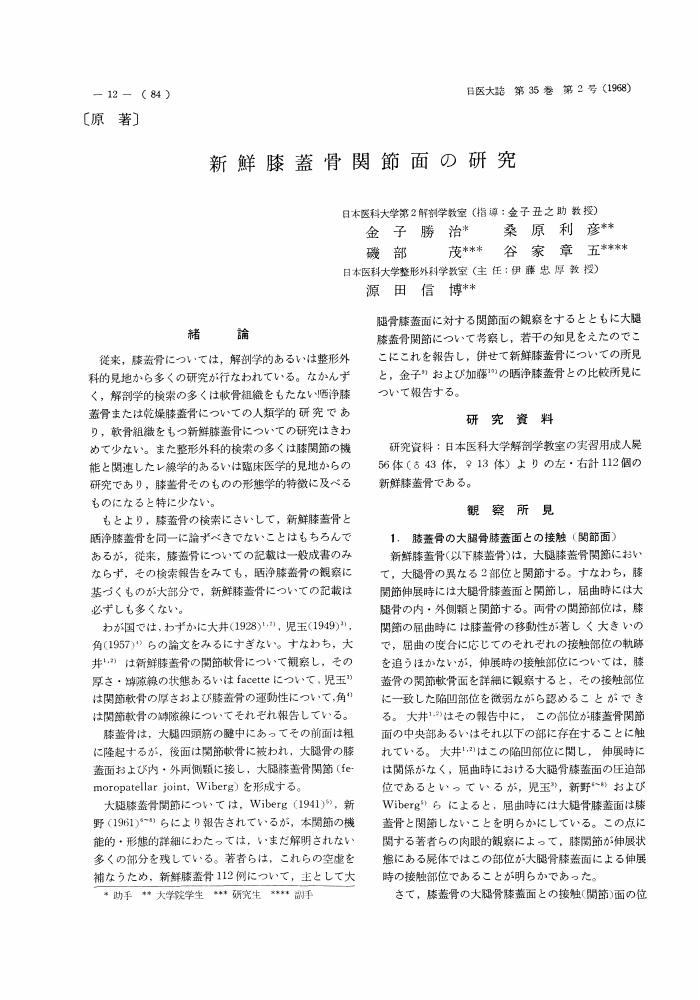1 0 0 0 OA 新鮮膝蓋骨関節面の研究
- 著者
- 肥沼 康太 山中 晃徳 渡邊 育夢 桑原 利彦
- 出版者
- 一般社団法人 日本塑性加工学会
- 雑誌
- 塑性と加工 (ISSN:00381586)
- 巻号頁・発行日
- vol.61, no.709, pp.48-55, 2020 (Released:2020-02-25)
- 参考文献数
- 31
- 被引用文献数
- 1
Deformation of an aluminum alloy sheet is affected by its underlying crystallographic texture and has been widely studied by the crystal plasticity finite element method (CPFEM). The numerical material test based on the CPFEM allows us to quantitatively estimate the stress-strain curve and the Lankford value (r-value), which depend on the texture of aluminum alloy sheets. However, in the use of the numerical material test as a means of optimizing the texture to design aluminum alloys, the CPFEM is computationally expensive. We propose a methodology for rapidly estimating the stress -strain curve and r-value of aluminum alloy sheets using deep learning with a neural network. We train the neural network with synthetic texture and stress-strain curves calculated by the numerical material test. To capture the features of synthetic texture from a {111} pole figure image, the neural network incorporates a convolution neural network. Using the trained neural network, we can estimate the uniaxial stress-strain curve and the in-plane anisotropy of the r-value for various textures that contain Cube and S components. The results indicate that the neural network trained with the results of the numerical material test is a promising methodology for rapidly estimating the deformation of aluminum alloy sheets.
1 0 0 0 OA 二軸応力経路における金属板材の大ひずみ塑性変形特性の測定と材料モデリング
- 著者
- 箱山 智之 桑原 利彦
- 出版者
- 日本学術会議 「機械工学委員会・土木工学・建築学委員会合同IUTAM分科会」
- 雑誌
- 理論応用力学講演会 講演論文集 第61回理論応用力学講演会
- 巻号頁・発行日
- pp.111, 2012 (Released:2012-03-28)
金属板材から円管試験片を製作し,サーボ制御円管バルジ試験機を用いて,軸力と内圧を負荷することにより,線形応力経路における大ひずみ塑性変形特性を測定する試験方法を考案した.本試験方法を590MPa級高張力鋼板に適用し,二軸引張応力下での塑性変形特性を詳細に測定すると同時に,最適な降伏関数の同定を行った.その結果以下の知見を得た.(1)590MPa級高張力鋼板において相当塑性ひずみ換算で16%までの等塑性仕事面の測定ができ,最大主ひずみ0.24までの応力-ひずみ曲線の測定に成功した.(2) 次数6又は次数8のYld2000降伏関数が本供試材の変形挙動を概ね良く再現できることがわかった.実験値の再現精度をさらに向上させるためには,異方硬化の定式化が必要と考える.
